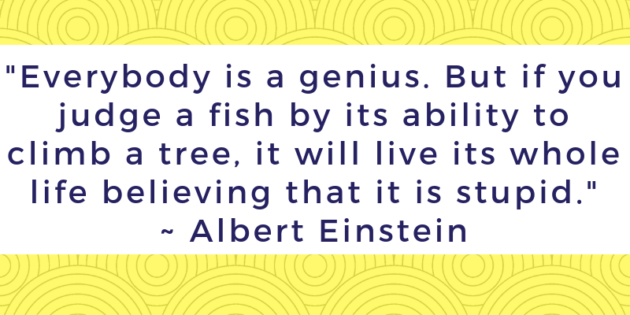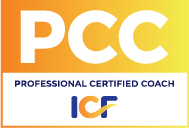In the book, Frames of Mind – The Theory of Multiple Intelligences Dr. Howard Gardner proposed that human beings have eight intelligences. Gardner (1983) suggested that the traditional notion of intelligence, which is centrally based on IQ testing, is far too limited. Gardner (2006) believed –
“… that human cognitive competence is better described in terms in terms of abilities, talents or mental skills, which I call intelligences. All normal individuals possess each of these skills to some extent, individuals differ in the degree of skill and in the nature of combination. I believe this theory of intelligence may be more humane and more veridical than alternative views of intelligence and that it more adequately reflects the data of human ‘intelligence’ behavior.” (p.212).
What Are the Multiple Intelligences?
The eight intelligences are:
- Musical Intelligence,
- Bodily-Kinesthetic Intelligence,
- Logical-Mathematical Intelligence,
- Linguistic Intelligence,
- Spatial Intelligence,
- Interpersonal Intelligence,
- Intrapersonal Intelligence, and
- Naturalist Intelligence (this was the most recent intelligence added to the original 7).
Now, let’s explore each of these intelligences a little further below.
1. Musical Intelligence (music smart) –
Musical intelligence has to do with sounds, tones, rhythm and music. People who have high musical intelligence are able to play musical instruments, sing and compose music. They are good at thinking in rhythms and sounds. There are many examples of people with high musical intelligence including musicians, composers, music teachers and conductors.
2. Bodily-Kinesthetic Intelligence (body smart)
People who have high bodily-kinesthetic intelligence are said to be good at sport, dance, making things or acting. They have control of the body, excellent hand-eye co-ordination and can handle objects skilfully. Examples of people with high bodily-kinesthetic intelligence include athletes, dancers, builders and sculptors.
3. Logical-Mathematical Intelligence (number/reasoning smart)
Logical-mathematical intelligence has to do with reasoning, logic, recognising patterns, critical thinking and analysing problems. These individuals tend to think conceptually about numbers, relationships, and patterns. Professions who have a high logical-mathematical intelligence include an accountant, mathematician, engineer and computer programmers.
4. Linguistic Intelligence (word smart)
People who are high in linguistic intelligence are able to use words well when speaking and writing. Typically, these individuals are good at telling stories, writing stories, reading, and memorising facts and information. Examples of people with high linguistic intelligence include writers, teachers, journalists and lawyers.
5. Spatial Intelligence (picture smart)
People with strong in spatial intelligence are good at visualising things. These individuals are often very good at directions (i.e reading maps) as well as images, charts, videos and drawings. Examples of people with high spatial intelligence include sculptors, architects, engineers and artists.
6. Interpersonal Intelligence (people smart)
Individuals who have high interpersonal intelligence are good at communicating, empathising and working with other people. These individuals are skilled at assessing the intentions, emotions and motivations of those around them. Professions who have high interpersonal intelligence include a counsellor, nurse, salesperson, politician and coach.
7. Intrapersonal Intelligence (self smart)
Intrapersonal intelligence has to do with being aware of our own emotional states, strengths, weaknesses, feelings, and motivations. People with a high intrapersonal intelligence have well-developed introspective and self-reflection skills, including daydreaming and journalling. Examples of people with high intrapersonal intelligence include writers, meditation teachers and philosophers.
8. Naturalist Intelligence (nature smart)
Naturalistic intelligence is the most recent addition to Gardner’s theory. It was added in 1995 and has met with some resistance. Individuals who are high in this type of intelligence are more in tune with nature. They are also interested in nurturing, exploring the environment (i.e. clouds, plants, animals and mountains) and learning about other species. Professions who have a high naturalist intelligence include a chef, botanist, gardener and farmer.
Over to You…
I hope this has given you some insight in to the theory of multiple intelligences. Following are some questions for refection –
- Which of the multiple intelligences are you strongest or highest in? For me, my bodily-spatial intelligence was very high growing up (which could start to explain, why I was a professional athlete), however interpersonal intelligence is also strong.
- Which multiple intelligence is one that could use some support or learning? For me, I have had to learn to be more intrapersonal intelligent.
Feel free to share yours in the comments below. Also, please remember, we all have the FULL range of intelligences, no two people have the same intelligence profile and that having a strong intelligence does not mean one necessarily acts intelligently – however you do have a choice to.
If you are ready to reclaim your courage and take the next step towards freedom and opening your heart, why not join our Toolkit?
References –
Gardner, H. (1983). Frames of Mind – The Theory of Multiple Intelligences. New York, USA: Basic Books.
Gardner, H. (2006). Multiple Intelligences: New Horizons in Theory and Practice. New York, USA: Basic Books.

















Leave A Response